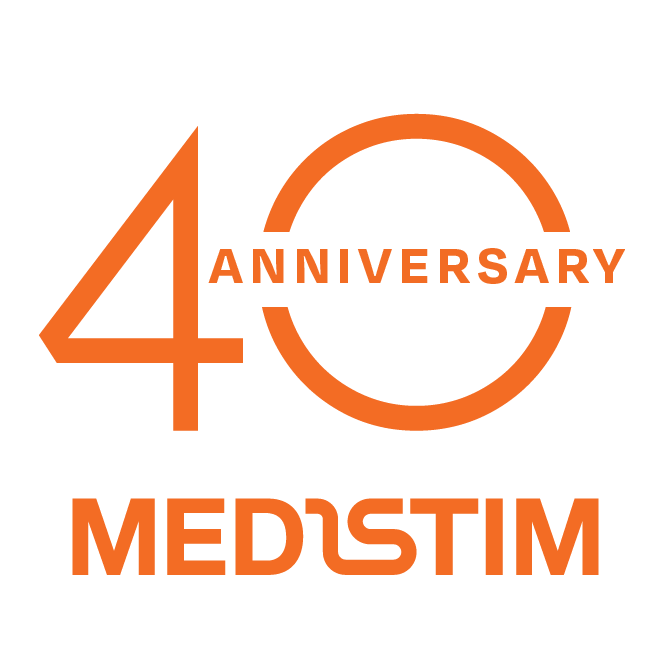Introduction

Transplantation surgery today, while advanced, relies on separate tools for visualizing anatomy and measuring blood flow, leaving room for uncertainty. Imagine an instrument that integrates Transit Time Flow Measurement (TTFM) with high-frequency imaging, transforming transplant surgeries with precision and real-time insights, guiding you to perform surgery with best possible patient outcomes.
The MiraQ is the only device combining Transit Time Flow Measurement (TTFM) and high-resolution imaging. It empowers transplan with precision and real-time insights, elevating patient outcomes in one innovative solution. Perform imaging, measure blood flow and receive immediate feedback on how well a graft is functioning.
Quality assessment with blood flow measurement and high-frequency imaging during transplant surgery protects the patient from graft failure and minimizes the risk for reinterventions. Graft patency is the predominant predictor of long-term survival after transplantation surgery.
“From our experience with intraoperative measurement of absolute flow in the graft vessels, we believe that the causes of technically imperfect perfusion of the graft can be identified and instantly corrected so that primary graft dysfunction or graft infarction can be avoided.”
Rasmussen et al. (1997)
"Intraoperative measurement of graft blood flow - a necessity in liver transplantation"
Liver Transplant Surgery
Renal Transplant Surgery
Transit time flow measurement can be successfully used to evaluate renal transplant anastomoses. Accurate intraoperative measurements provide a rapid and objective assessment of renal graft patency.
EAU Guidelines on Renal Transplantation
Arterial thrombosis
Transplant renal artery thrombosis is a rare complication (prevalence 0.5-3.5%). Usually, it is a consequence of a technical error during the anastomosis.
Venous thrombosis
Transplant renal vein thrombosis is an early complication (prevalence 0.5-4%) and one of the most important causes of graft loss during the first postoperative month. The aetiology includes technical errors and/or difficulties during surgery and the hypercoagulative state of the recipient.

Transplant renal artery stenosis
The incidence of transplant renal artery stenosis is 1-25%. Risk factors include small caliber and atherosclerosis of the donor artery, trauma to the donor artery at procurement, absence of an arterial patch, suturing technique (interrupted vs. continuous), and damage to the iliac artery during transplantation. It is more common at the site of the anastomosis.

References:
Breda A, K. Budde K, Figueiredo KA, Lledó García E, Olsburgh J, Regele H. European Association of Urology 2021

Case Studies
Webinars
Publications
Products

MiraQ Vascular

MiraQ Ultimate

Imaging Probe


.svg)








